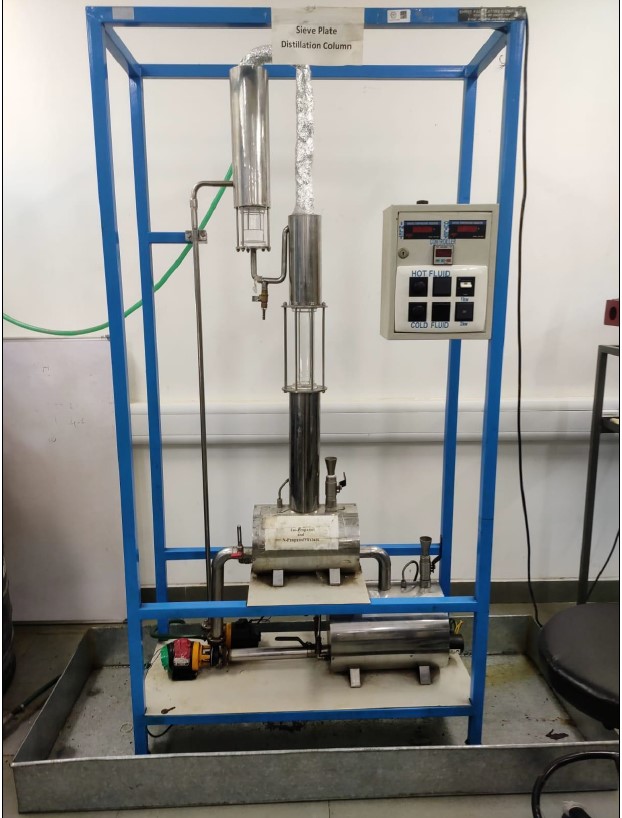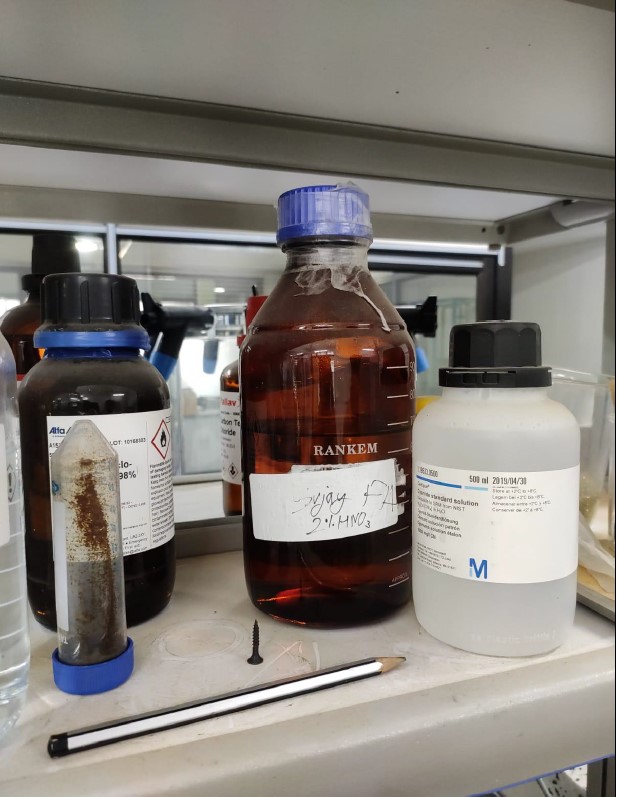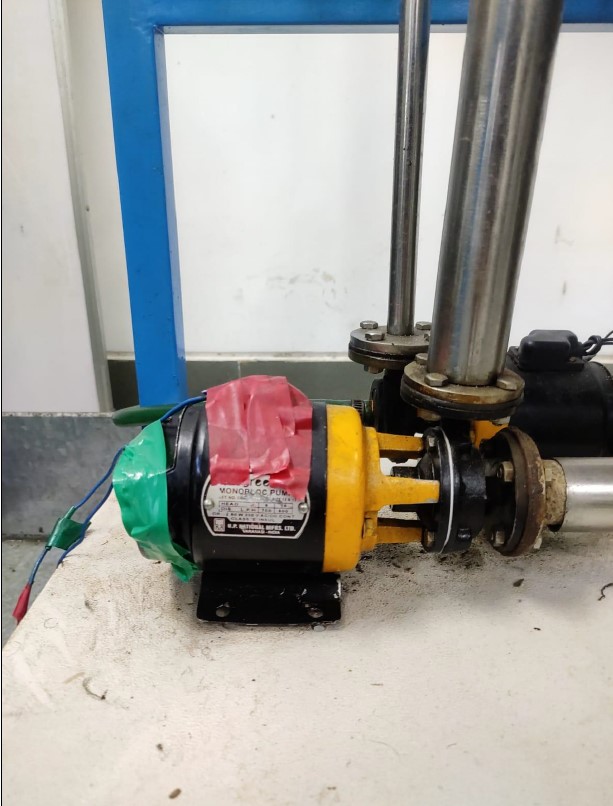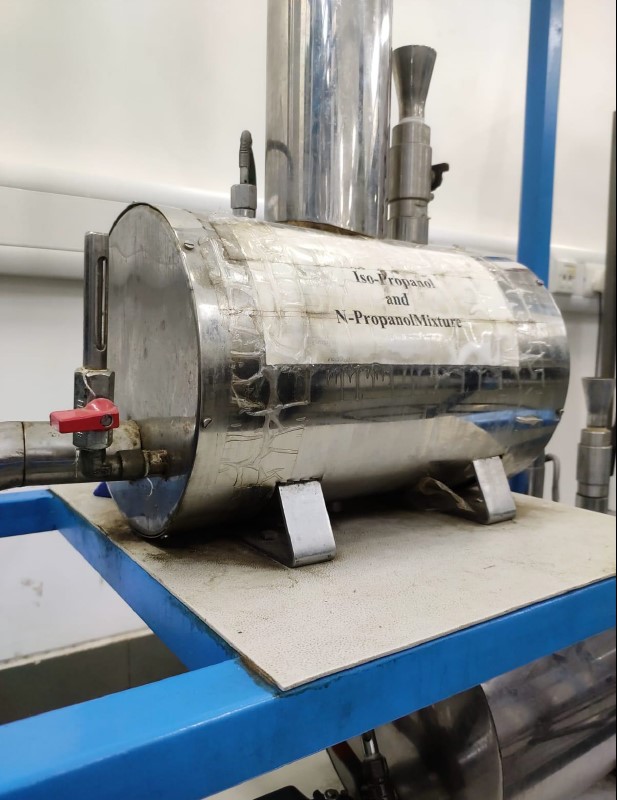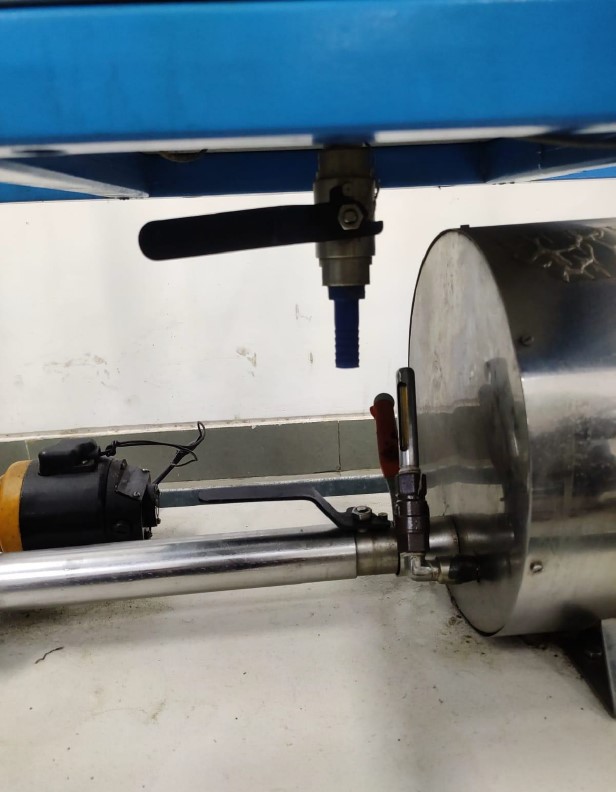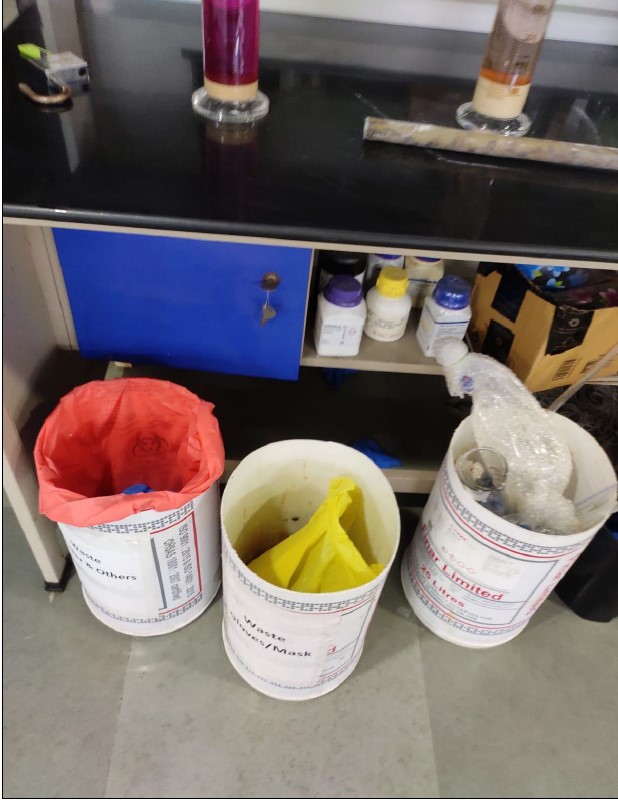The Art of Distillation: A Look at the Sieve Plate Distillation Tool
Description: In this photo story, we will take a closer look at the sieve plate distillation tool commonly used in chemical laboratories. We will explore its function, uses, and benefits in distillation processes.
Distillation is a commonly used method for separating and purifying liquids in the chemical industry. The sieve plate distillation tool is a type of distillation column that is used to carry out fractional distillation. It consists of several horizontal plates with holes or slits, which are placed at regular intervals inside a vertical column
Photo 1: The sieve plate distillation tool stands tall in the chemical laboratory.
Photo 2: The sieve plate controller shows the readings of the temperature of the two fluids used in the experiment at any time.
Photo 3: The two liquid, i.e., Iso-propanol and N-propanol is mixed and poured into the tank of the distillation column.
Photo 4: The sieve plate distillation tool is connected to a heating source, which is used to heat the mixture being distilled.
Photo 5: The mixture is introduced into the column through a pump
Photo 6: As the liquid flows downwards through the column, it gets heated and starts to vaporize. The vapor rises and gets partially condensed on the cooler plates above.
Photo 7: This process is repeated several times until the desired separation is achieved.
Photo 8: The separated liquid is collected in the receiving flask at the bottom of the column.
Photo 9: The separated liquid is then collected from the receiving flask through a valve regulated hole using a conical flask or beaker.
Photo 10: After the experiment, the setup is cleaned for its next use and all the waste material is is segregated and thrown into the dustbin.
The sieve plate distillation tool has several advantages over other types of distillation columns. It allows for a more precise separation of liquids with different boiling points, and it is more efficient than simple distillation. It is also easier to control and maintain, which makes it a popular choice in chemical laboratories.
Acknowledgement: I would like to thank the chemical laboratory staff and TA Shreyash Bhaiya for their valuable insights and assistance in understanding this experiment and allowing me to take the photographs.



